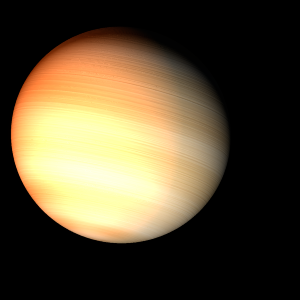|
|
Space Astro
|
Info for exoplanet "Begito'ya"
| Scientific (actual) data |
|---|
| Name | HD 150706 b |
| Planet status | Confirmed |
| Planet mass | 2.43 |
| Mass sini | 2.71 |
| Orbital period | 13140 |
| Semi major axis | 11.5 |
| Orbit eccentricity | 0.787 |
| Inclination | 70 |
| Angular distance | 0.246324 |
| Discovered | 2002 |
| Updated | 2024-10-22 |
| Omega | 132 |
| Tperi | 2458180 |
| Publication | Announced on a professional conference |
| Detection type | Radial Velocity, Astrometry |
| Star name | HD 150706 |
| Right ascension | 247.82° |
| Declination | 79.79° |
| Mag v | 7.03 |
| Star distance | 27.2 |
| Star metallicity | -0.13 |
| Star mass | 0.94 |
| Star radius | 0.87 |
| Star sp type | G0V |
| Star age | 1.17 |
| Star temperature | 5741 |
| Star detected disc | IR Excess |
| Wikipedia article | HD 150706 b |
Back
| |
| Fictional info (?) |
|---|
| Suggested name | Begito'ya |
| Planet type | Large cold gas giant |
| It may have had hydrogen peroxide oceans in the past, but these would have vaporized as the temperature rose due to a runaway greenhouse effect. |
| Atmosphere | Sulfur dioxide | 84% |
| Formaldehyde | 15% |
| Hydrogen peroxide | 0.52% |
| Hydrogen deuteride (HD) | 0.036% |
| Atmospheric pressure | 0.004 bar |
 |
| No known satellites |
| Google search for Begito'ya |
|
Website by Joachim Michaelis
|
|
|
|